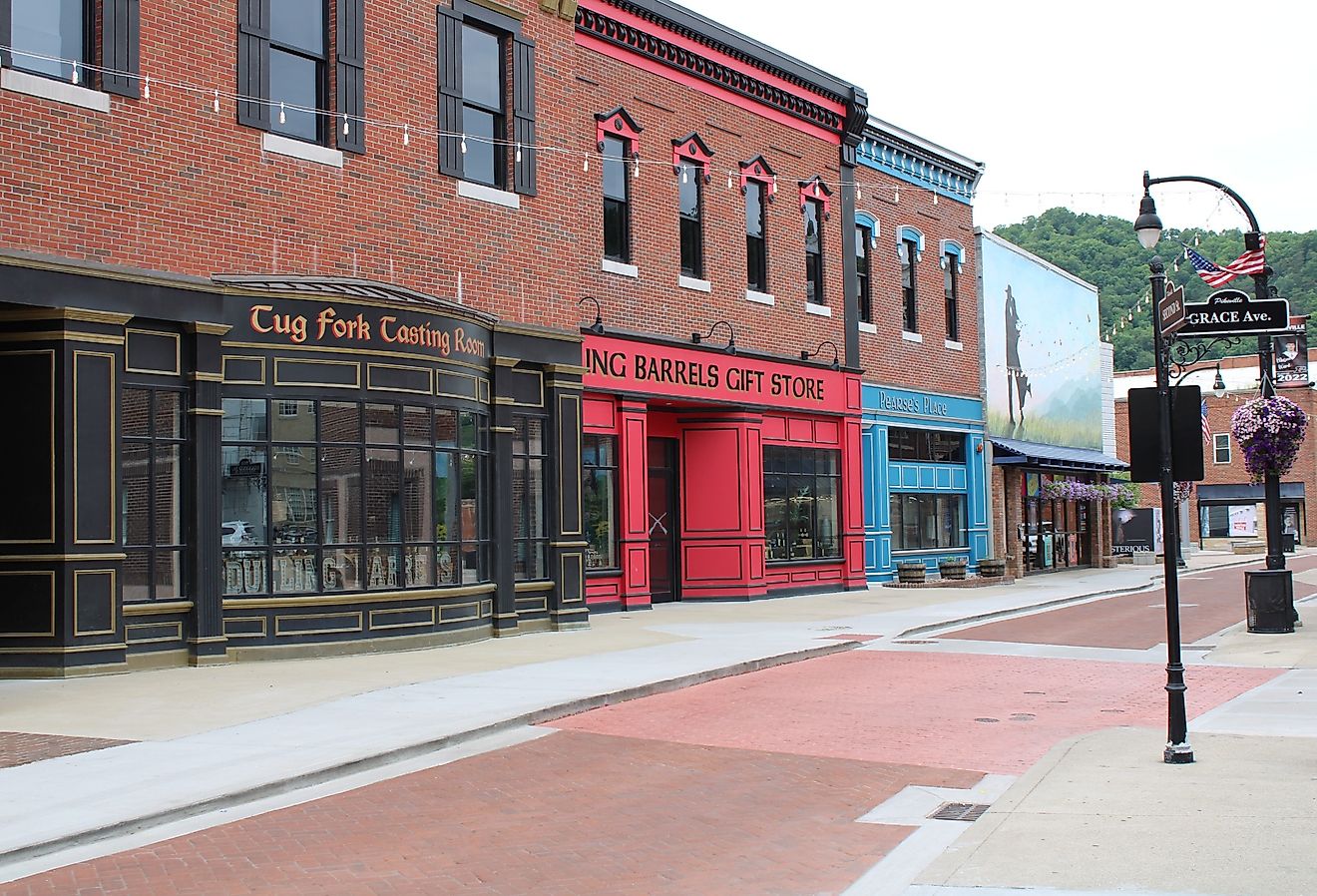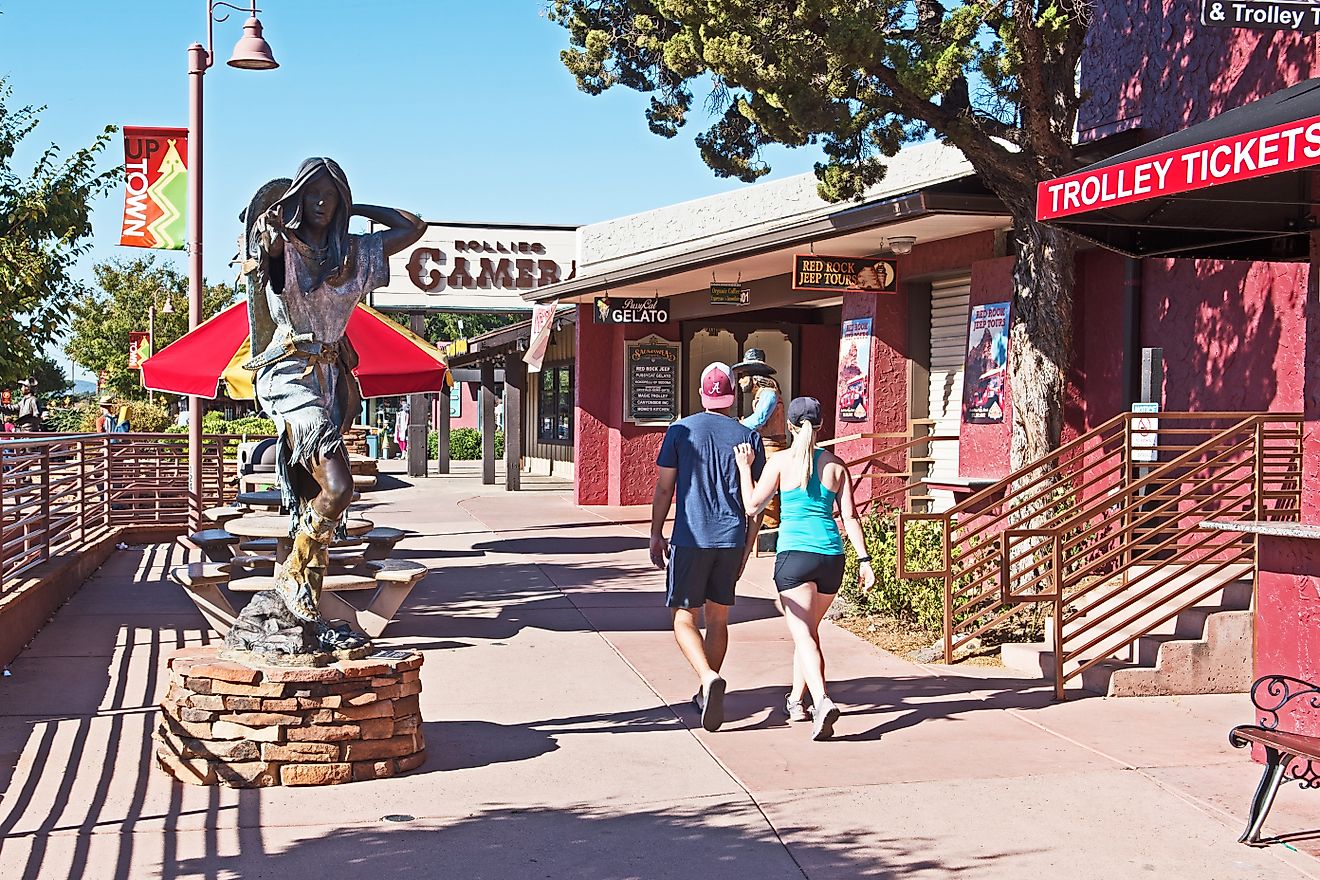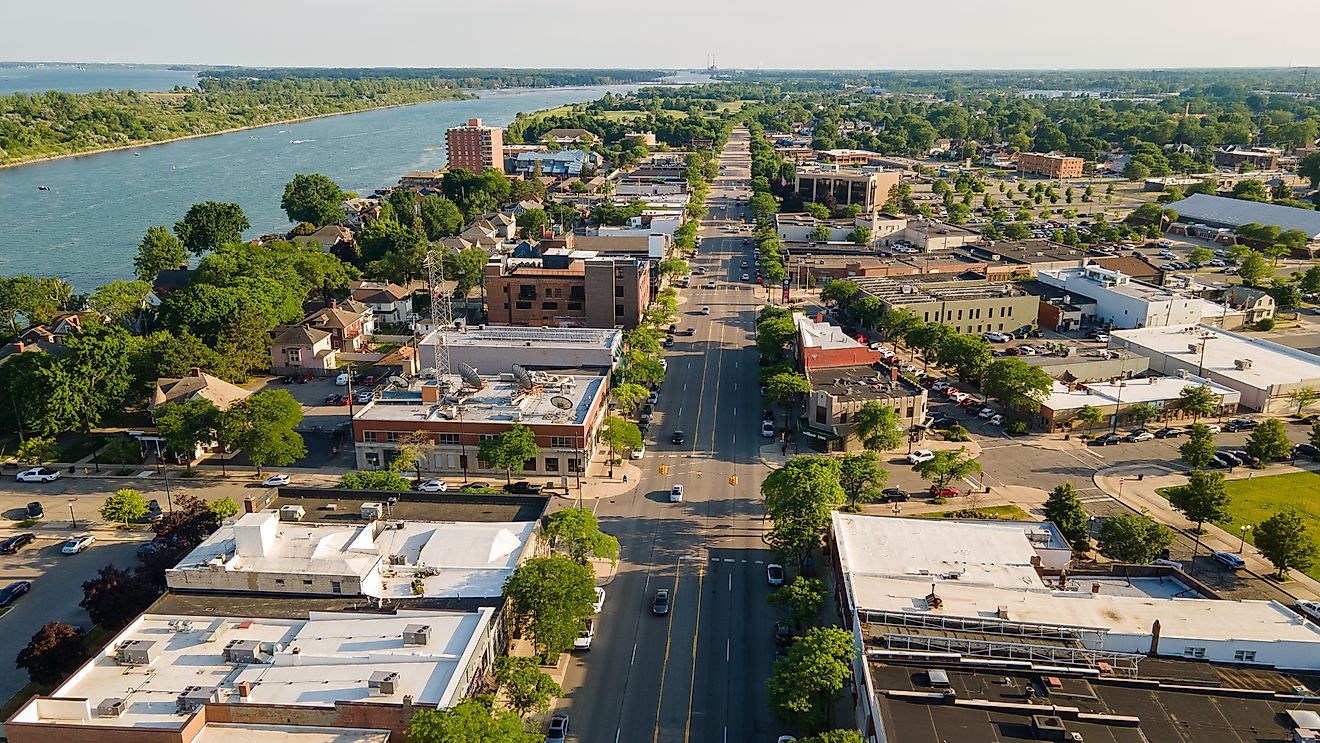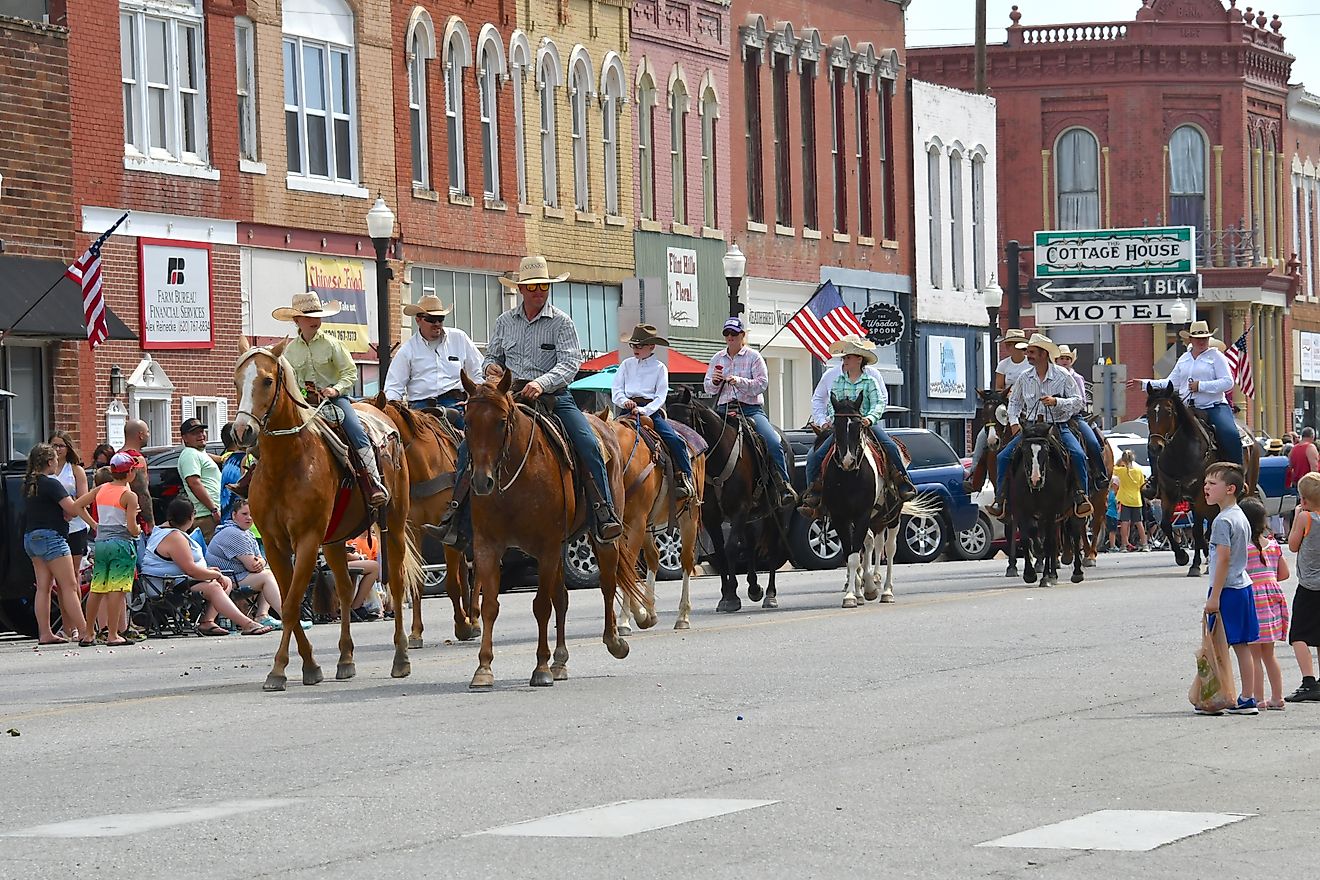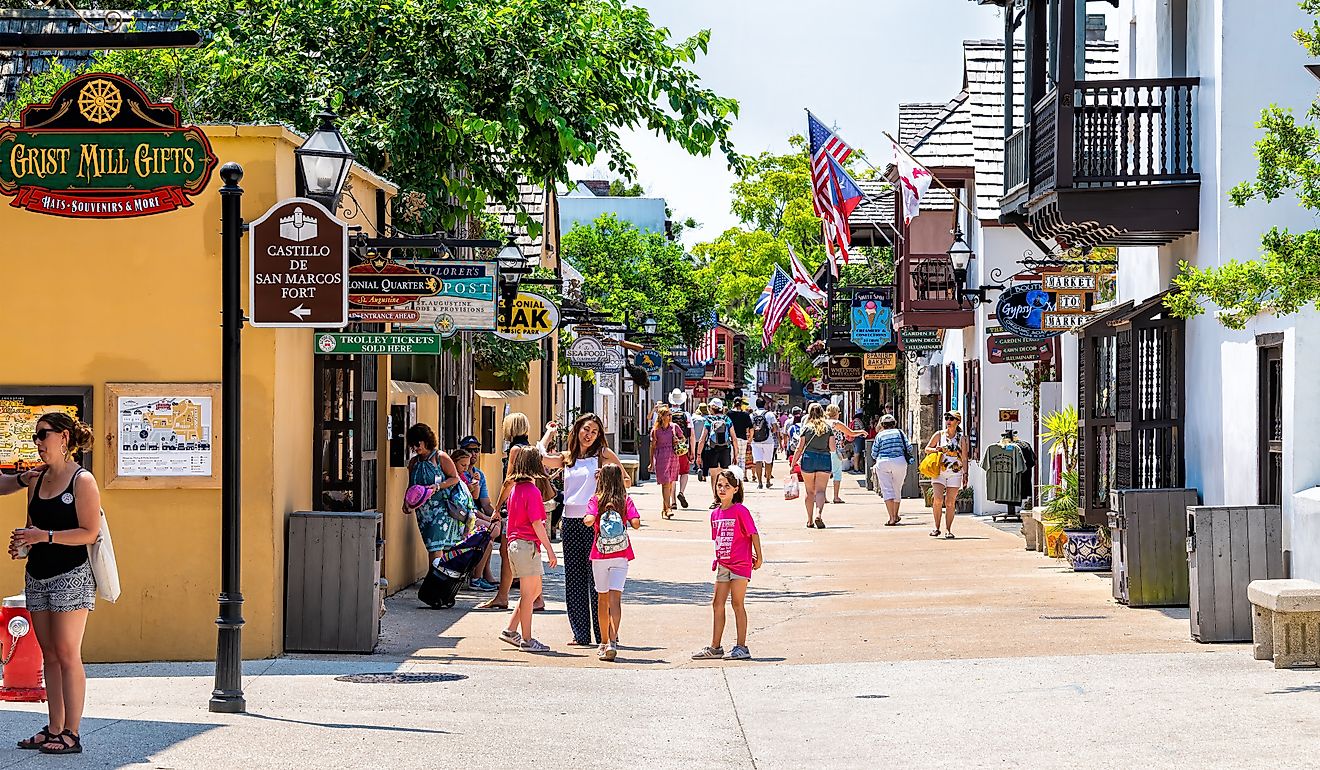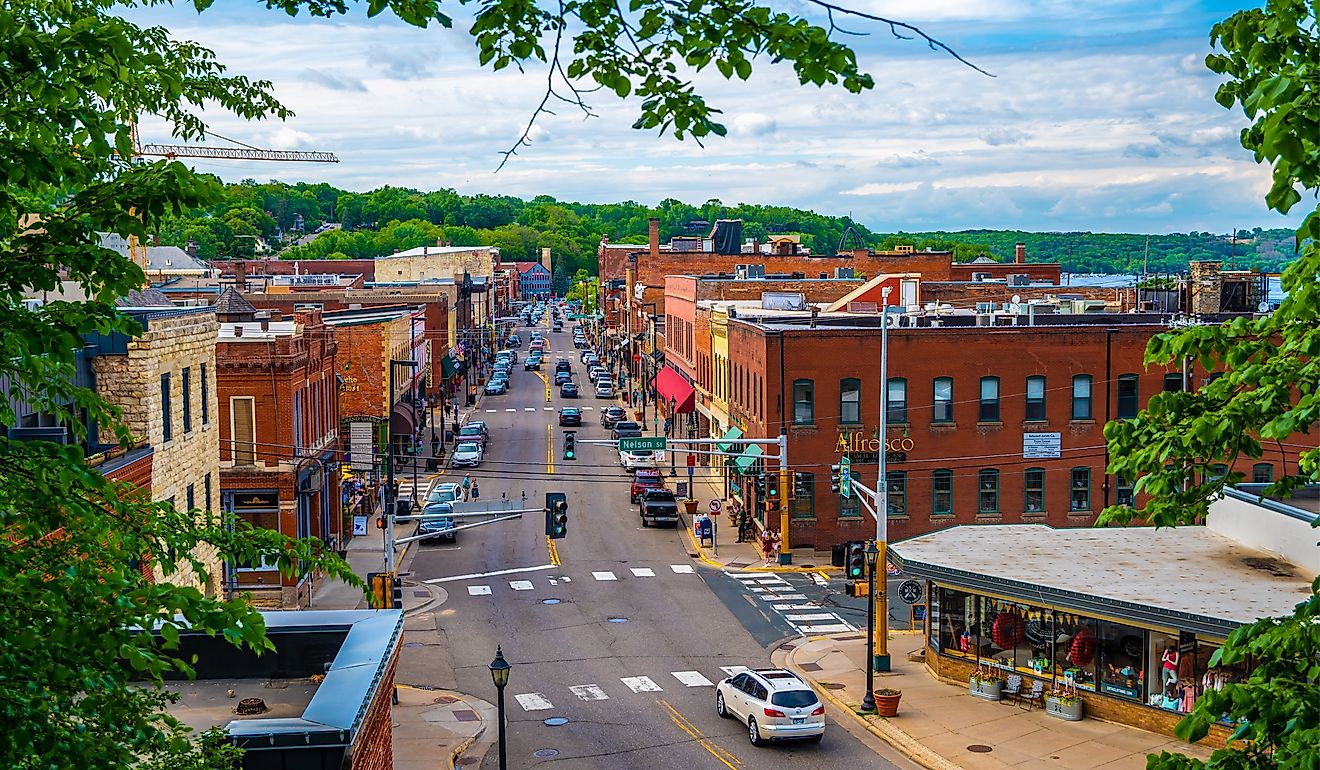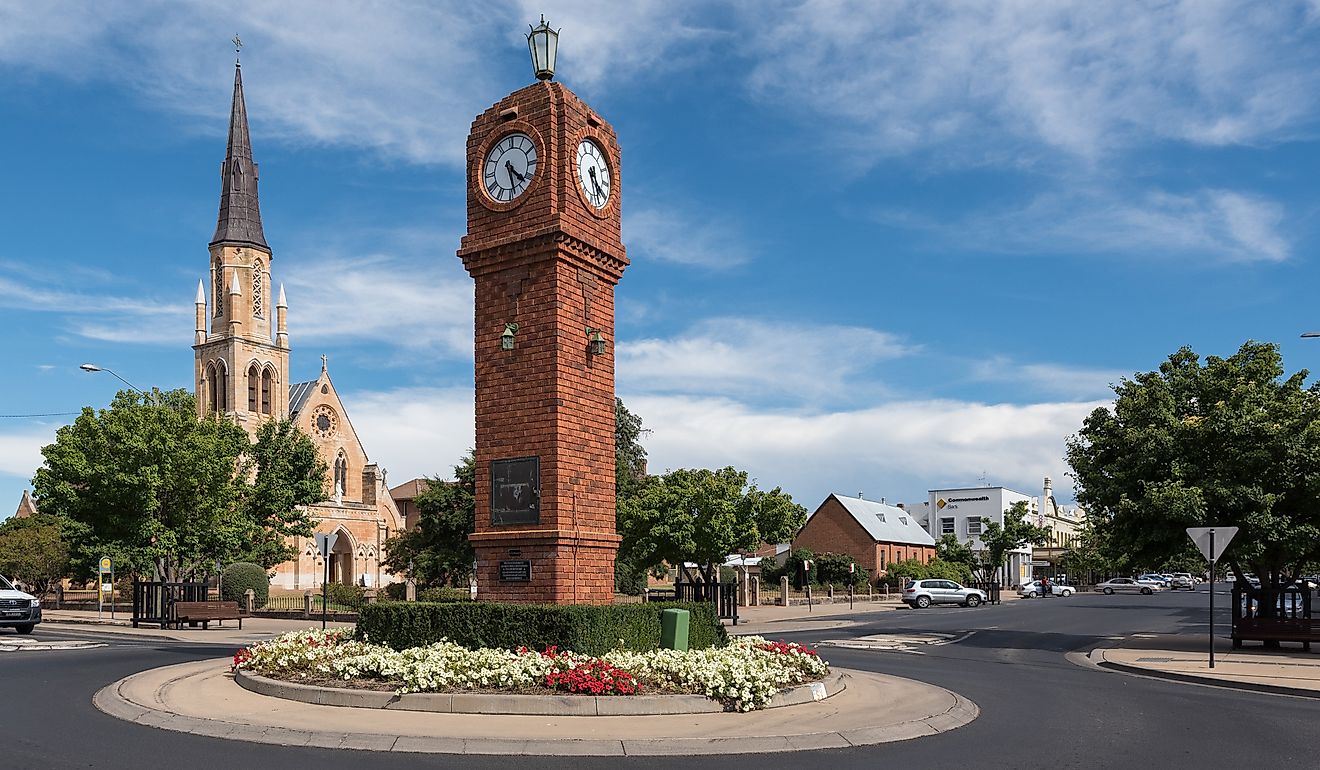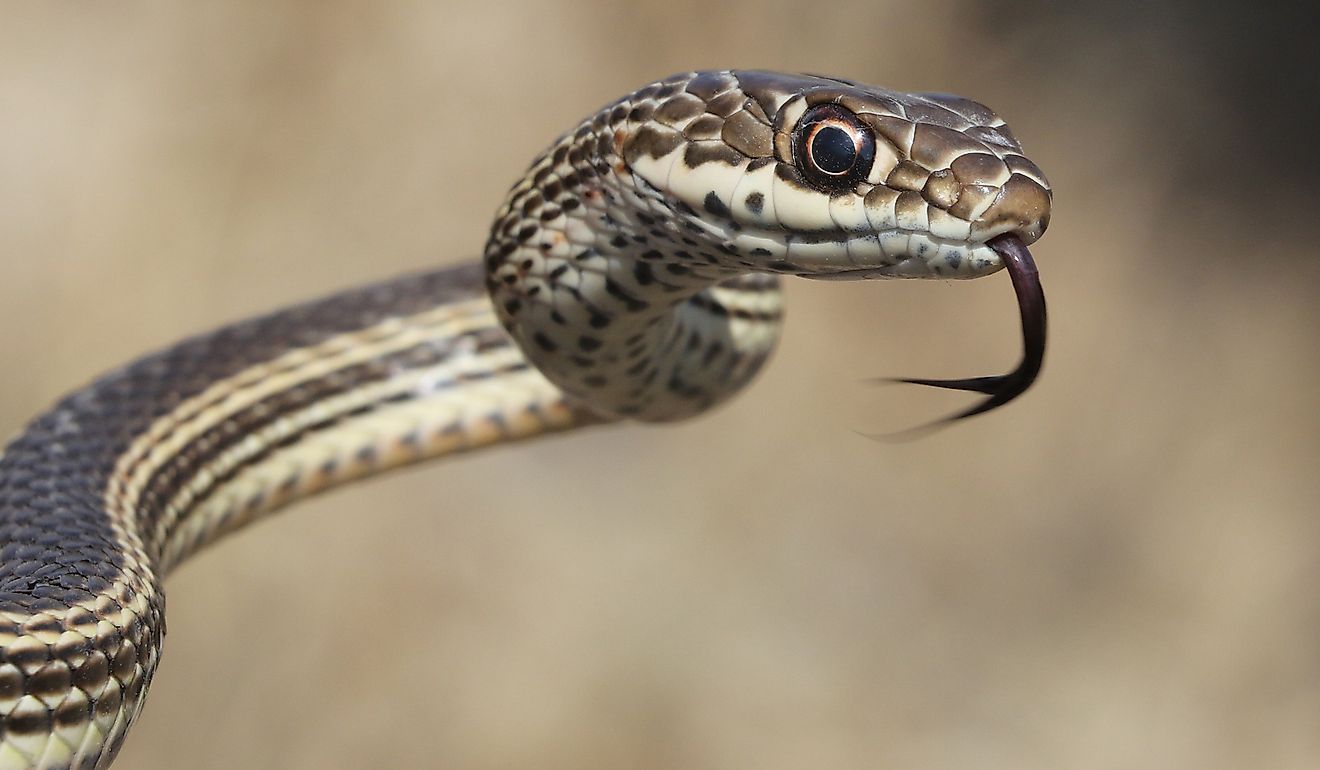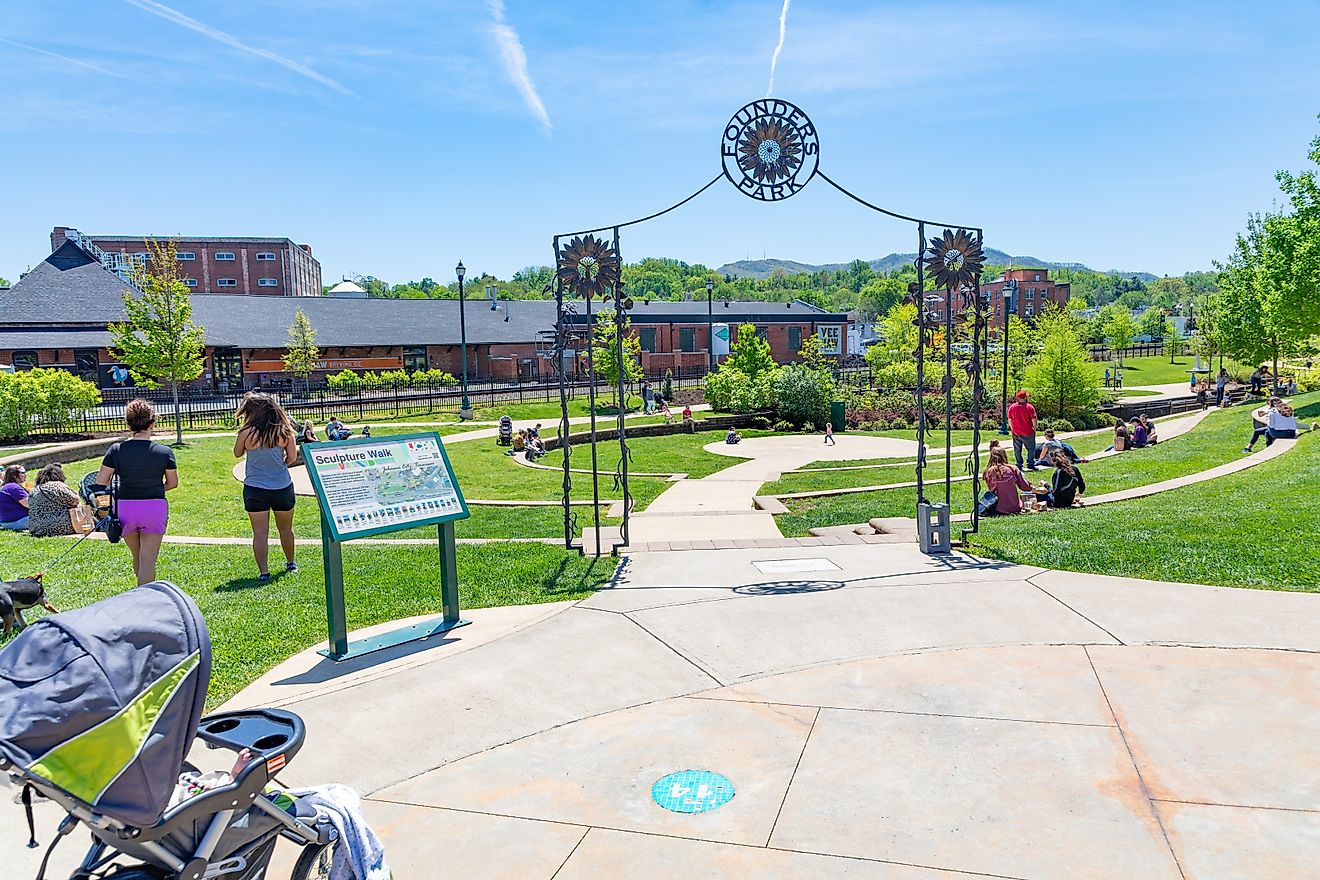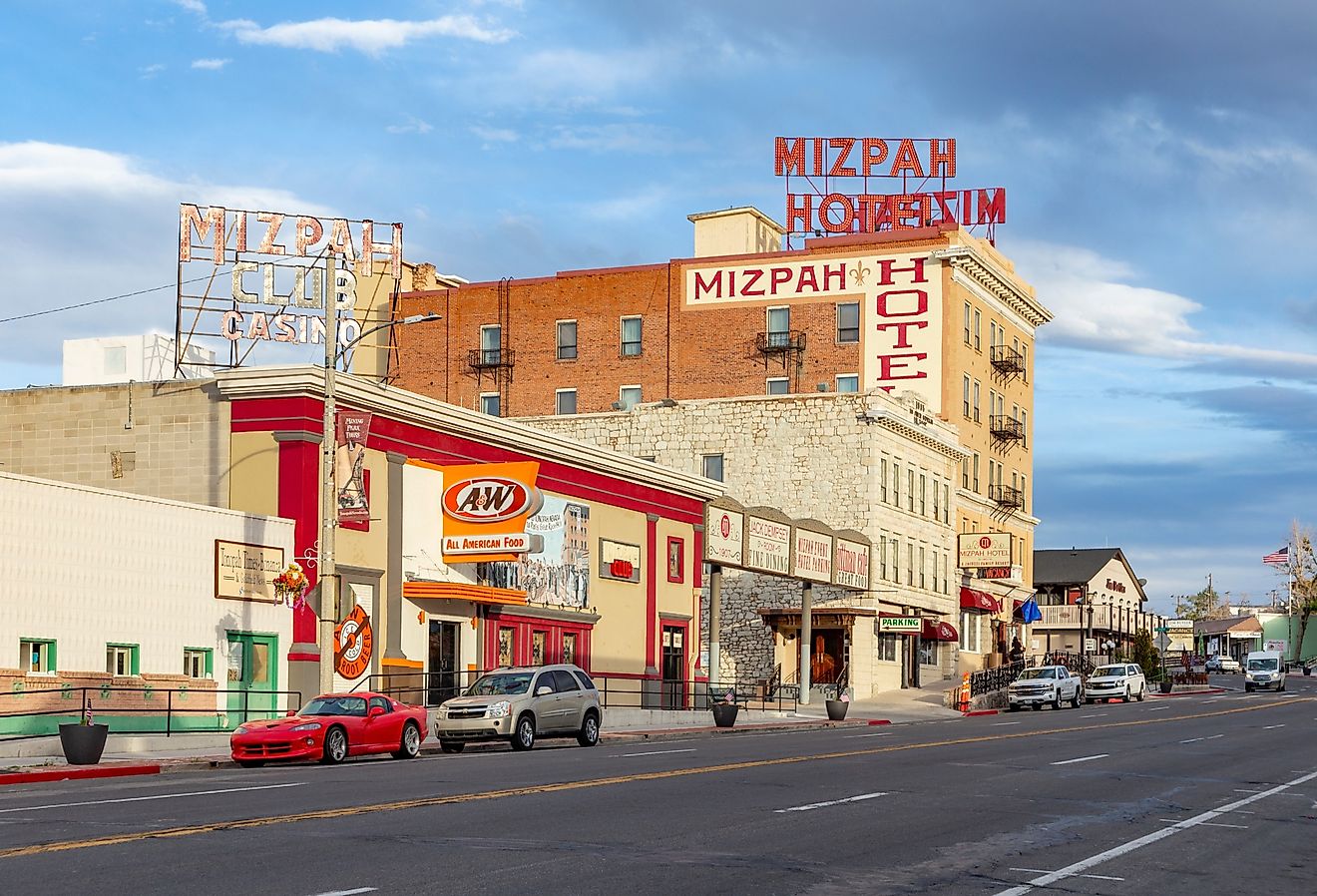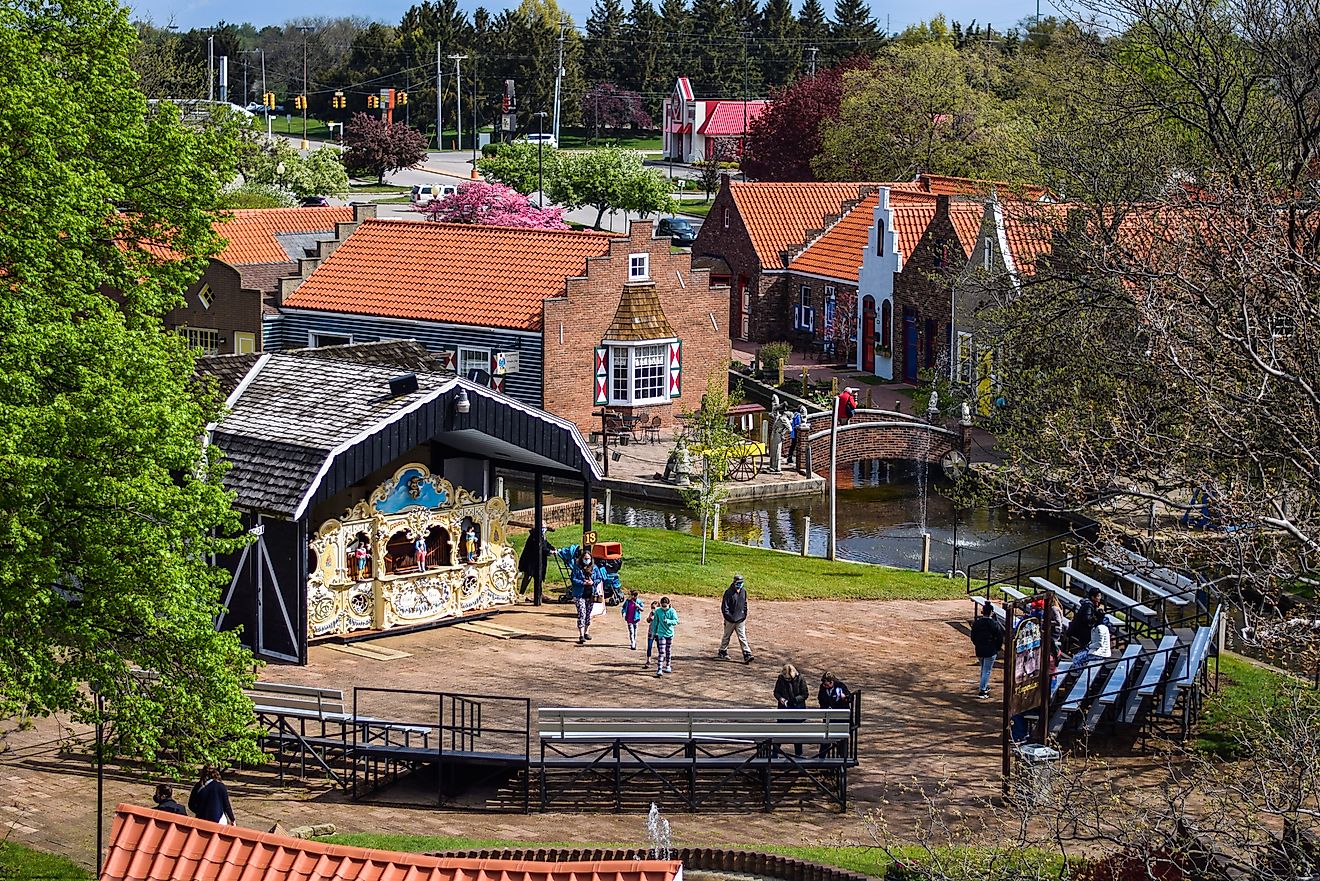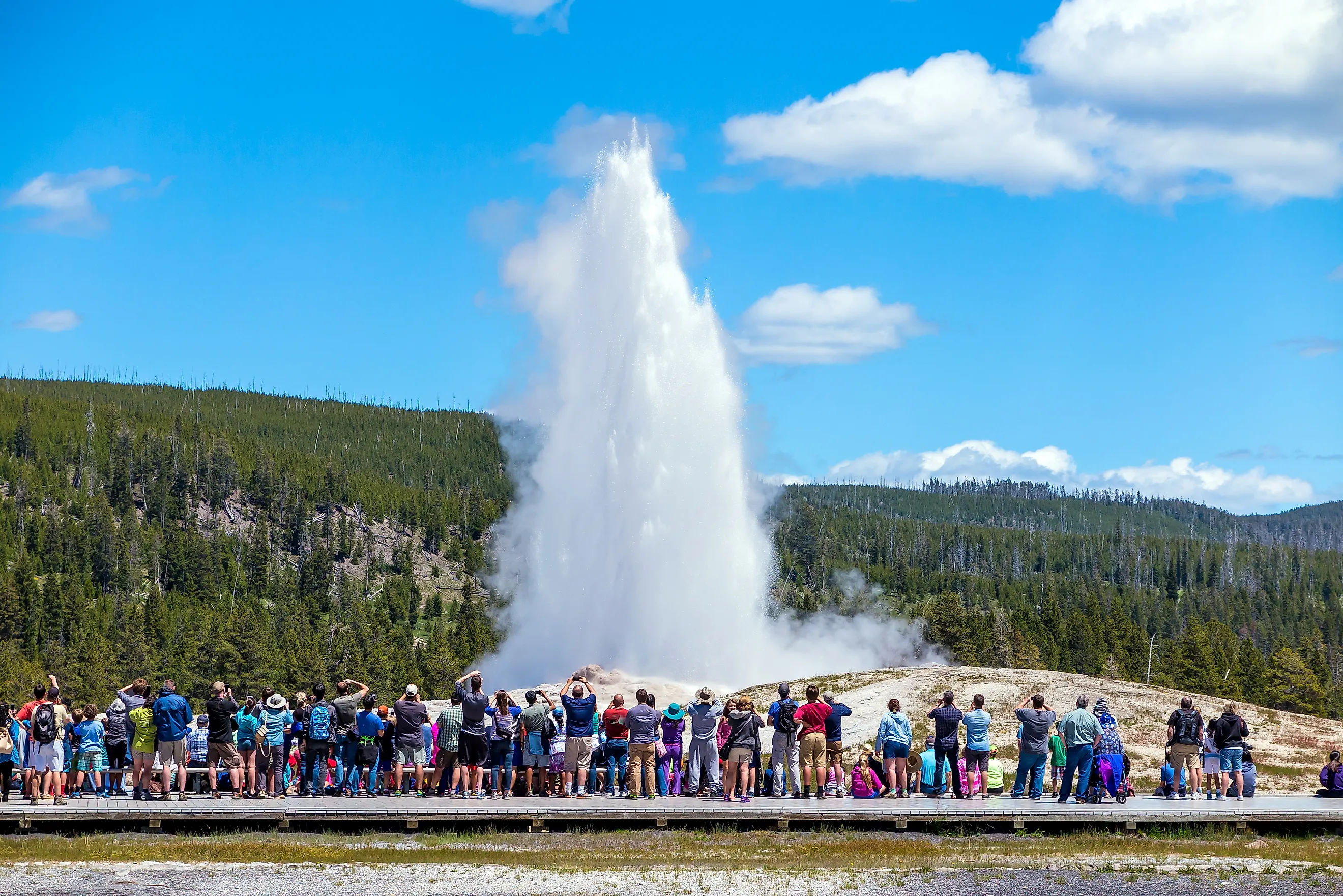
Yellowstone National Park’s Old Faithful Introduces Geyser Wonderland and Roaming Wildlife
From the heat of summer to the dead of winter, Yellowstone National Park ranks among the most visited attractions in the United States despite its far-flung position in the remote northwest corner of Wyoming. Regardless of the season, there is a plethora of interesting sights and sounds in this world-renowned parkland, whether you're here to see Old Faithful (a boiling geyser that gushes water out from the heart of the earth), roaming herds of buffalo in their natural environment, trails leading up snowcapped mountains, or whatever else you can possibly imagine there is to do in the great outdoors; this park proably has it. With a visit to Yellowstone, you too will clearly see why it has earned all its accolades. Today, we will cover what makes its geography so special, its history, and provide some pointers to help you prepare for the national park trip of a lifetime.
America's First National Park
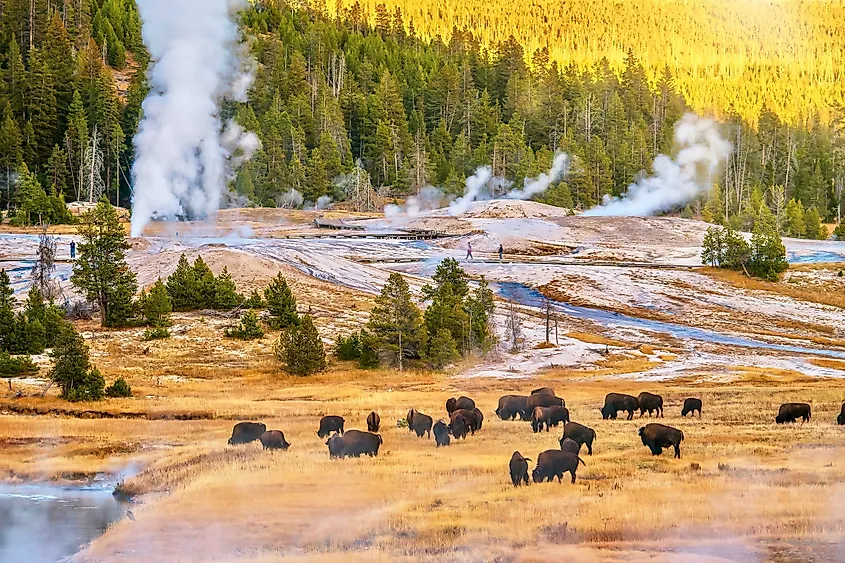
Yellowstone National Park was established on March 1, 1872, as the first nationally managed park in the United States. In fact, it is widely considered the first of its kind in the entire world, being a truly massive leap forward in modern-day nature conservation.
The idea emerged during a period of growing interest in America’s western landscapes, and early expeditions, namely the Washburn-Langford-Doane Expedition of 1870, documented the region’s incredible geothermal features, eventually inspiring mass public support for preservation. The park’s formation, unfortunately, also included the displacement of Indigenous nations, including the Tukudika, Crow, and Shoshone, who had lived and hunted in the region for thousands of years before federal protection excluded them.
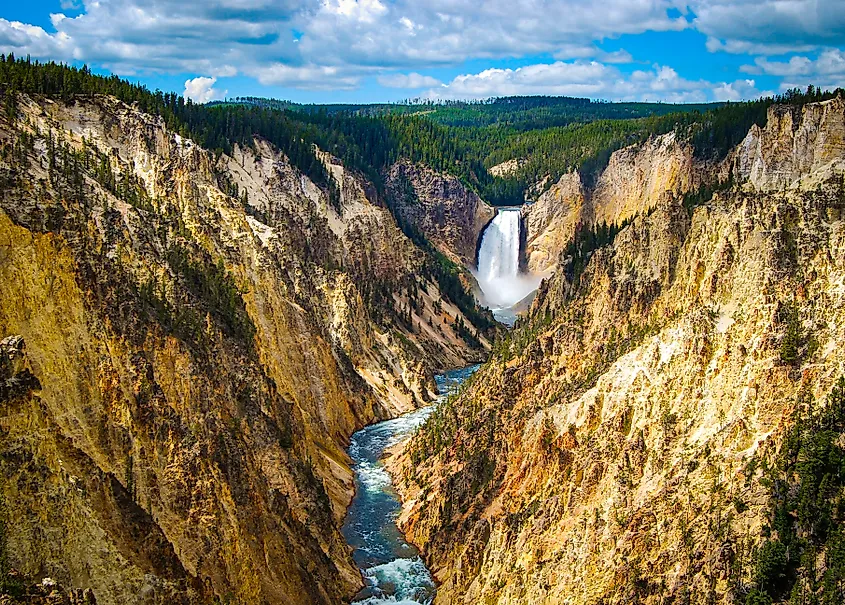
Congress eventually designated the area as a public park for reasons of protecting it from private exploitation, signing it into law under President Ulysses S. Grant. In its early years, Yellowstone was managed by the U.S. Army, which did much in helping to prevent poaching and vandalism, and later transitioned to the National Park Service in 1918.
Yellowstone quickly became a model for conservation worldwide, influencing the creation of other parks and protected areas, and in 1978, the park was designated a UNESCO World Heritage Site for its exceptional geothermal activity and pristine ecosystems. Today, the park still stands as both a natural wonder and a symbol of the global movement to preserve wild landscapes for both scientific study and public benefit. It set such a precedent that many now consider the national park system to be America's greatest invention.
A Land Of Ice And Fire

Covering approximately 3,472 square miles across Wyoming, Montana, and Idaho, this sizable park forms one of the largest temperate ecosystems on the planet, sitting atop a massive volcanic caldera created by a cataclysmic eruption roughly 640,000 years ago. This geothermal system fuels more than 10,000 hydrothermal features, including geysers, hot springs, fumaroles (volcanic gas vents), and mud pots, the highest concentration anywhere in the world. Its terrain is further exemplified by towering mountain ranges, expansive plateaus, and river valleys shaped by eons of volcanic and glacial processes.

The Yellowstone Plateau averages an elevation of around 8,000 feet, with the Absaroka, Gallatin, and Beartooth Mountains forming natural boundaries, while the Yellowstone River, the park’s main waterway, flows north through the "Grand Canyon of the Yellowstone," noted for its vivid mineral-stained cliffs and collection of cascading waterfalls along the way. Moreover, Yellowstone Lake, one of North America’s largest high-elevation lakes, lies directly over the caldera’s active chamber and houses yet more hot springs and vents beneath its surface.
This diverse combo of geothermal, volcanic, and glacial features makes Yellowstone one of the most geologically active and ecologically diverse landscapes on the continent, something that ought to be seen in person to really be appreciated in its full scale.
Discover A Diversity Of Yellowstone's Wildlife As Varied As Its Landscapes

It should come as no surprise that a region as geologically diverse as this also supports a wide range of plant and animal species. Forests and plains dominate much of the landscape, with lodgepole pines covering nearly 80 percent of the wooded areas. However, Engelmann spruce, subalpine fir, and Douglas fir thrive in its cooler, higher elevations, while cottonwoods and willows line river corridors.
In early summer, open meadows and thermal basins also bloom with wildflowers such as lupine, Indian paintbrush, and arnica, adding seasonal bursts of color to the park’s terrain as well as providing lots of world-class opportunities for a scenic photo or two.
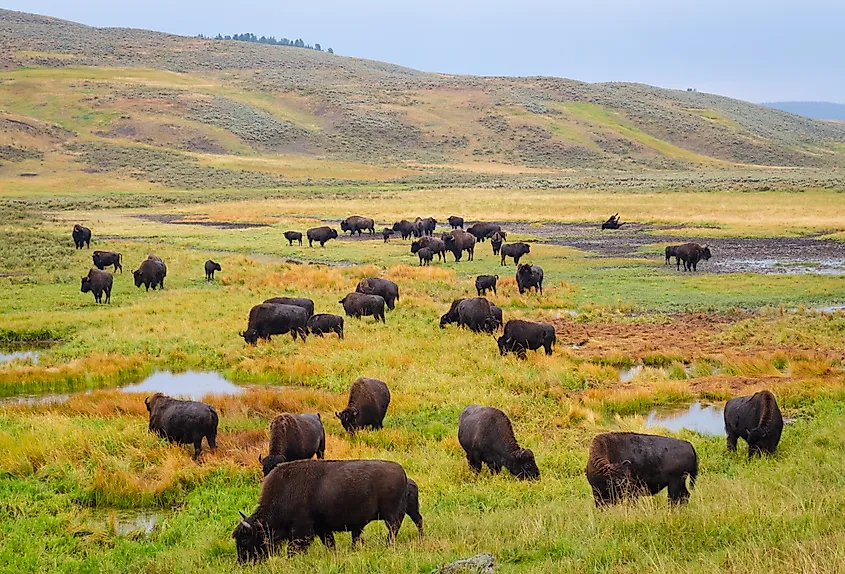
Moving on to fauna, Yellowstone represents one of the most complete ecosystems remaining in the continental United States. The park is home to large mammals such as American bison (also called buffalo), elk, moose, mule deer, and pronghorn, while its carnivore populations include grizzly bears, black bears, mountain lions, and, famously, gray wolves, all species that play critical roles in balancing the food chain.

Birdlife is equally abundant, with more than 300 species recorded, including bald eagles, ospreys, sandhill cranes, and trumpeter swans. The park’s lakes and rivers also support native fish, such as cutthroat trout. Smaller mammals, such as otters, beavers, and marmots, also inhabit wetlands and riverbanks, so wildlife photographers should keep their cameras at the ready wherever they go!
Must-See Landmarks In Yellowstone National Park
In case you're not sure what to check out first upon arrival, here are some highly recommended suggestions that display both the odd and beautiful aspects of Yellowstone. Although there are easily dozens more destinations worth seeing within the park, you simply can't go wrong with at least a brief peek at the spots we'll be mentioning below.
Old Faithful
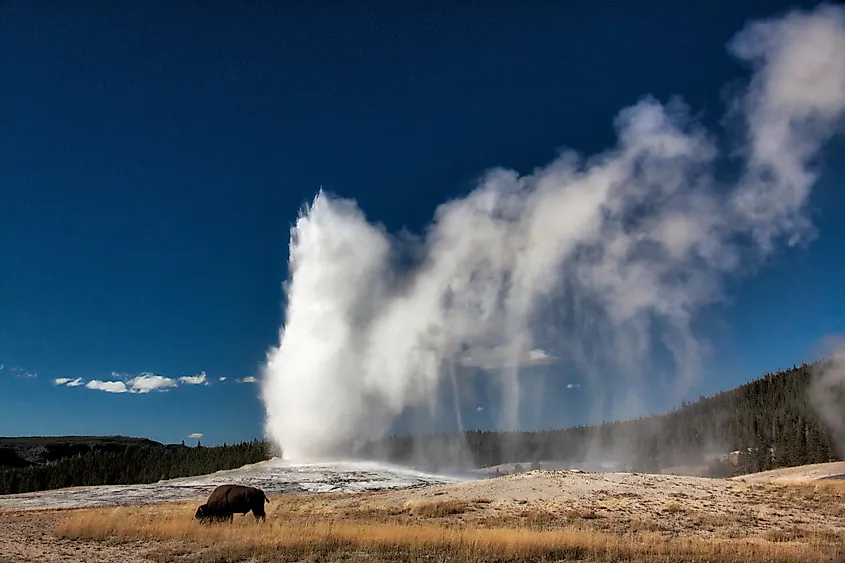
Old Faithful is probably Yellowstone’s most recognized landmark and its most reliable geyser in terms of consistent eruptions. It is notably part of the Upper Geyser Basin, a location that more specifically contains the largest concentration of geysers on Earth.
Blasting off roughly every 90 minutes, it shoots boiling water up to 180 feet into the air, displaying its sheer geothermal power for all who come to witness. You have the option to watch from the boardwalk or the Old Faithful Inn’s observation areas. Seasonal changes also affect the visitor experience: winter snows create a stark contrast between steam and snow, while spring runoff swells nearby streams.
Besides its crowd-drawing spectacle, this iconic feature has also been a central point of geological study since the park’s founding in 1872. First documented during the 1870 Washburn-Langford-Doane Expedition, which brought national attention to Yellowstone’s geothermal wonders, early visitors were almost immediately captivated, quickly making the geyser a symbol of the park. Moreover, the Old Faithful Inn, completed in 1904, was built to accommodate the growing tourism in the area, and remains one of the largest log hotels in the world.
Grand Prismatic Spring

The Grand Prismatic Spring in the Midway Geyser Basin is Yellowstone’s largest hot spring and one of its most photographed landmarks. This impossibly colorful body of water measures about 330 feet across, displaying vivid rings created by heat-loving microorganisms that thrive at varying temperatures.
The spring sits atop a very active hydrothermal area fed by the park’s vast geothermal system, and you can best view it from boardwalks at ground level. You can also check it out from the overlook on the Fairy Falls Trail, which spectacularly reveals its full spectrum from above, with deep hues of blue at the center transitioning into bands of green, yellow, and orange around the edges.
Grand Canyon Of The Yellowstone

The aptly named Grand Canyon of the Yellowstone was carved by the Yellowstone River over thousands of years, stretching roughly 20 miles long, 400 feet wide, and reaching depths of up to 1,200 feet. As mentioned before, the canyon reveals layers of volcanic rock, uniquely stained yellow, red, and white by hydrothermal alteration (when the introduction of hot, mineral-rich water soaks and transforms the composition of existing rocks).
The area’s key viewpoints, Artist Point, Lookout Point, and Inspiration Point, each offering panoramic vistas over the canyon and providing yet another advantageous set of locales for some truly eye-catching landscape photography. Definitely try to get a glimpse of the Lower Falls, too, which drop 308 feet into the chasm.
Mammoth Hot Springs
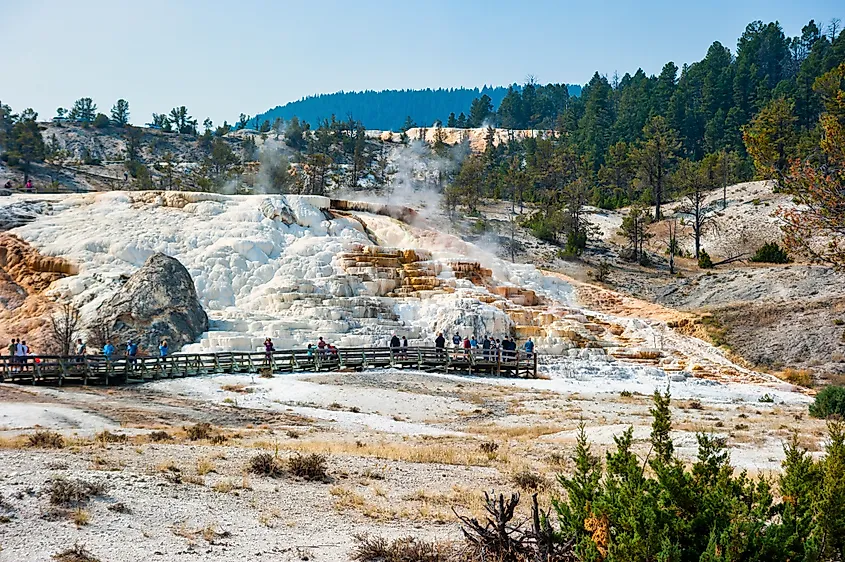
Mammoth Hot Springs, located near the park’s northern entrance, is known for its extensive limestone terraces formed by hot water flowing from underground sources. As the water cools, it deposits calcium carbonate, creating descending, aline-like formations that come in shades of white, gold, and orange. These terraces are constantly changing as geothermal activity shifts beneath the surface, making repeat visits worth it.
Like most main attractions in Yellowstone National Park, a network of nearby boardwalks allows you to explore up close. Look out for the Lower and Upper Terraces, which include the Minerva Terrace and Palette Spring.

Be sure to also stop by the historic district, sitting just steps away. Once known as Fort Yellowstone, this historic complex of buildings offers a detailed glimpse into the park's early management, with its 35 structures dating back to the 1890s. Feel free to take a self-guided tour around them, reading the various informational plaques and exhibits in and around the area.
Staying In The Park
Given its location in one of the most remote parts of the country, most who come to Yellowstone opt to stay for at least a night or more. Despite the lack of urban development, there are, luckily, numerous accommodations in and around the park, ranging from historic lodges to modern hotels and extensive campgrounds.
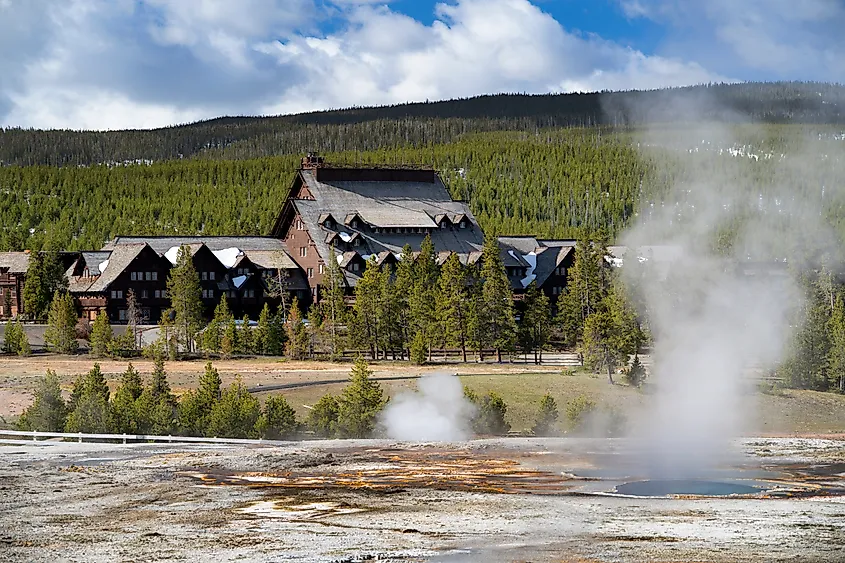
Inside the park, lodging is managed by Yellowstone National Park Lodges and includes iconic sites such as the Old Faithful Inn, Lake Yellowstone Hotel, and Mammoth Hot Springs Hotel. These properties provide very convenient access to major landmarks; however, please note that you'll almost certainly have to book months in advance due to limited capacity. Don't expect budget-friendly prices either. Additional in-park options include an assortment of cabins and smaller lodges at Canyon Village, Grant Village, and Roosevelt Lodge.
Prefer to sleep outdoors? Yellowstone operates eleven campgrounds, all of which require reservations. Madison, Canyon, and Bridge Bay are among the most popular, offering amenities like restrooms, potable water, and proximity to attractions. On the other hand, more remote sites, such as Slough Creek and Pebble Creek, provide quieter settings for those looking to escape the crowds.
Outside the park’s gates, gateway towns like West Yellowstone, Gardiner, and Cody offer a broader range of accommodations, often including more affordable motels, vacation rentals, and RV parks. Acting as ideal bases for travelers year-round, these communities also host a number of restaurants, outfitters, and other essential businesses to help prepare you for a long day out.
